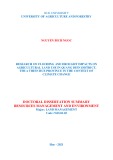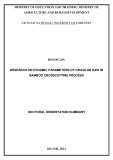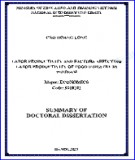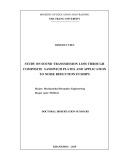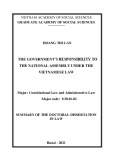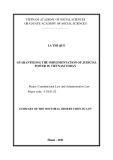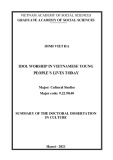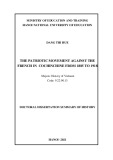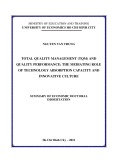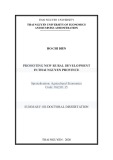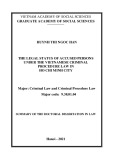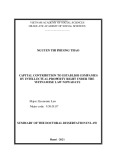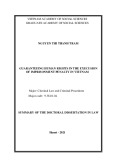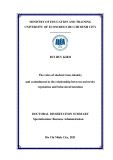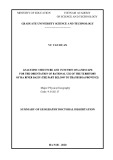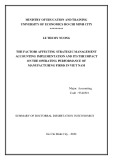
3
this field have been published around the globe. On the contrary, this
field has not been studied to put into application to solve issues in
Vietnam Power System so far, especially to analyze and assess the
risks of unsafe conditions during the operation process.
In general, calculating the power flows using probability method
can be categorized into three main groups: analytical method [10, 11,
38, 47, 62, 70, 76, 79, 80, 83, 85], approximation method [5, 12, 17,
31, 33, 46, 50, 53, 68, 73, 84] and numerical method [15, 22, 23, 25,
35, 39, 48, 54, 63, 64, 67, 78]. An important thing with the power
flow calculation method that takes into account the uncertainties of
input variables is that there is a correlation between input variables
[17, 19, 39, 46, 47, 48, 54, 59, 74, 75, 84], especially this correlation
is relatively close for renewable energy resources like wind and solar
energies for the actual power systems. Therefore, correlations among
the input variables (if any) must be considered in order to represent the
input uncertainties in accordance with their inherent nature.
In general, each method has its own characteristics and
advantages and drawbacks, the most appropriate calculation method is
selected depending on actual applications and requirements.
Analytical and approximation methods have fast computation time,
but the accuracy is not high and it is difficult to integrate the correlation
of the input variables and distribution functions types, especially those
that do not follow the standard distribution laws. In contrast, Monte-
Carlo simulation method gives very accurate and reliable results.
Probability distribution rules of input variables are generally easier to
implement than analytical and approximation methods. However, the
biggest disadvantage of Monte-Carlo simulation is the heavy
calculation volume, the calculation time is relatively long so it is
difficult to do the calculation of power systems, especially large power
grids in reality.






